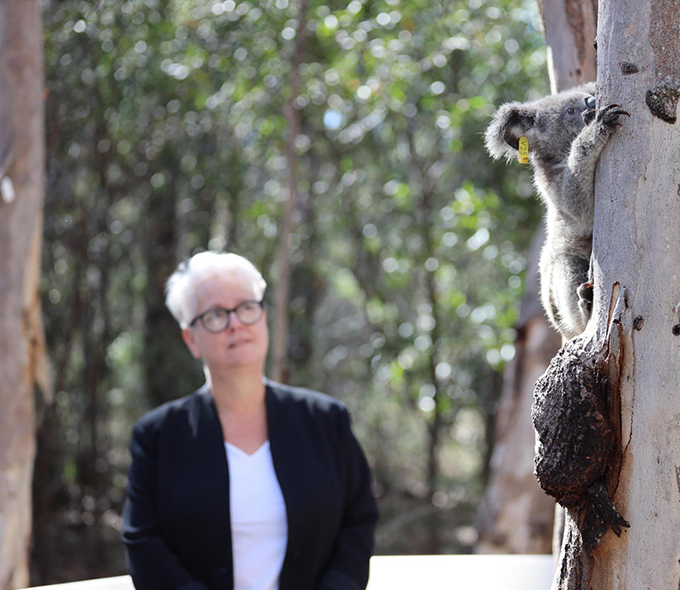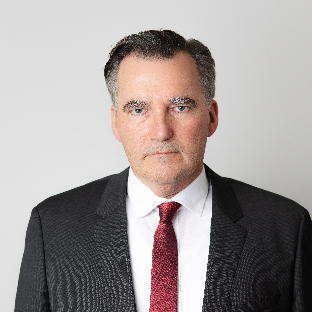A new report shows a turning corner for the Australian disability workforce, but experts warn the sector is far from out of the woods.
The data, released today by the peak body for disability, National Disability Services (NDS), is part of its latest Workforce Census Report and found that although the worsening conditions of recent years have stabilised, the disability sector workforce remains precarious with a continued undersupply and high turnover rate.
Concerns are being raised that this could only worsen, as significant wage reforms in parallel industries, such as aged care, are seeing support workers jump ship.
NDS CEO Laurie Leigh says this reinforces the need for all levels of government to work together on a long-term strategy for the disability sector workforce and believes it’s time we looked at the care economy as one.
“The bottom-line is that, although the worsening conditions of recent years have stabilised, the state of the disability sector workforce remains precarious,” she said.
“Stability is not good enough in a sector that is growing as fast as ours. So many organisations tell us they see opportunities for growth, but they can’t take them.”
Alex McDonald, Managing Director of recruitment agency, Orchard Talent Group says he has seen a 42 per cent increase in disability support workers looking for a new role in aged care.
Other key report findings included:
- Demand for NDIS services is increasing, with a net increase of 2,084 positions from July to December 2022 and the average number of hours worked per week by disability support workers rising to 22.6 hours (matching pre-pandemic levels, following the lifting of public health orders in 2022). Note that individual support workers may work across multiple employers.
- However, we are seeing a situation where NDIS pricing and regulation settings are increasingly disconnected from industry Award provisions. This is contributing to lower employer confidence, especially in a fixed-price, activity-based funding model such as the NDIS.
- Since 2020, there has been a steady increase in the proportion of casual employees, who now make up 39 per cent of the workforce in this census (up from 31 per cent in 2020).
- Although 59 per cent of disability support workers are on a permanent contract, part-time employment makes up a very high proportion of these (80 per cent, against 20 per cent full time).
- These results reinforce our call for a blended payment model which funds workforce training and supervision separately from participants’ NDIS plans. This would give providers the confidence to offer more permanent roles, whilst increasing service quality and workforce capability.
- Nearly half of organisations responding to the census report having no disability representation on their boards, whilst another 31 per cent either did not know or did not keep records. NDS sees this as an opportunity for disability service providers to improve record keeping and ultimately, increase representation of people with disability in the governance of organisations.








